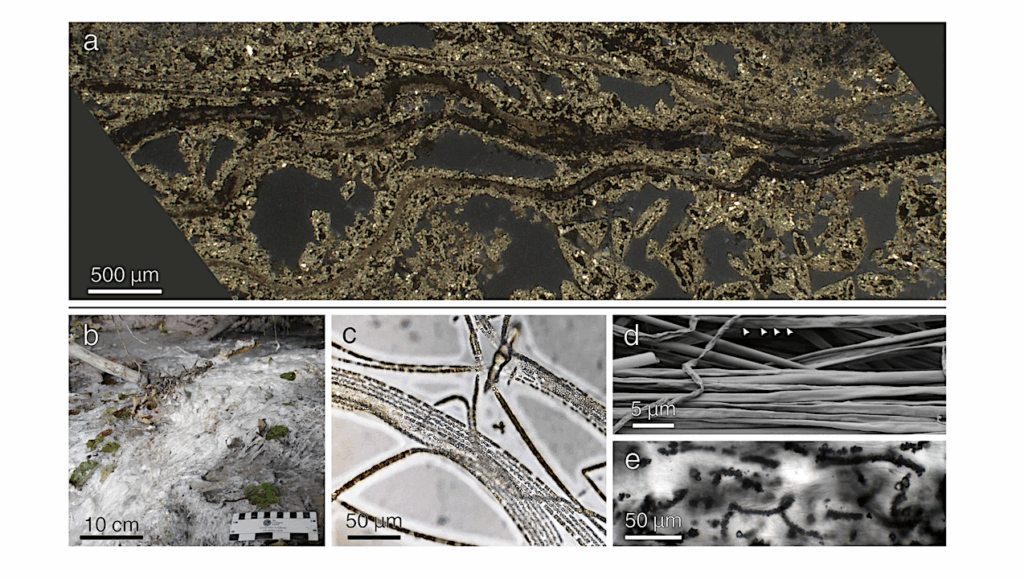New Citizen Science Project: Pavilion Lake Research Project
Interested in helping scientists pinpoint where to look for signs of life on Mars? Now you can, with an exciting new citizen science website called MAPPER (getmapper.com) that was launched in conjunction with the Pavilion Lake Research Project’s 2011 field season.
The Pavilion Lake Research Project (PLRP, pavilionlake.com), which is supported by NASA and the Canadian Space Agency, has been investigating the underwater environment of Pavilion and Kelly Lake in British Columbia, Canada with DeepWorker submersible vehicles (Nuytco Ltd, nuytco.com) since 2008. Now with MAPPER, you can work side-by-side with NASA scientists to explore the bottom of these lakes from the perspective of a DeepWorker pilot.
The PLRP team makes use of DeepWorker subs to explore and document freshwater carbonate formations known as microbialites that thrive in Pavilion and Kelly Lake. Many scientists believe that a better understanding of how and where these rare microbialite formations develop will lead to deeper insights into where signs of life may be found on Mars and beyond. To investigate microbialite formation in detail, terabytes of video footage and photos of the lake bottom are recorded by PLRP’s DeepWorker sub pilots. This data must be analyzed to determine what types of features can be found in different parts of the lake. Ultimately, detailed maps can be generated to help answer questions like “how does microbialite texture and size vary with depth?” and “why do microbialites grow in certain parts of the lake but not in others?”. But before these questions can be answered, all the data must be analyzed.
So how does MAPPER work? After creating a free account at getmapper.com, users are asked to take a brief tutorial that provides the necessary training to tag photos in the PLRP dataset. Tagging is easy — if a particular feature like sediment, microbialites, rocks, algae, etc, are found in a photo, just click the corresponding tag and continue to the next photo. If users are unsure of how to tag a specific photo, examples and descriptions of each feature are just a click away. MAPPER intends to make the photo tagging process fun and easy:
-Score points for each photo you tag to unlock new activities and compete with other Remote Science Team members on the Leaderboard. -Track everyone’s progress to see how close the dataset is to being completely reviewed, and see how much you’ve contributed compared to the rest of the team. -Curious about what other Remote Science Team members are seeing in the lakes? Check out the Results section to find out which features are the most commonly tagged. -Every time you tag a photo as ‘cool’ it gets saved to your Cool Photos album, so you can find it again later. You can also check out cool photos that have been discovered by other team members.
Already, new PLRP Remote Science Team members from across North America, Europe and Asia have played an important role in making discoveries in Pavilion and Kelly Lake. Now it’s your turn to work with NASA and participate directly in analog field research.
Visit getmapper.com today and join the search for life in the universe.
Source: SGAC Newsletter








